End-to-End Software Development

Custom Software Development

API Development

Software Maintenance and Support

Data Analytics and Business Intelligence Services
Tools, Methods, & Technologies Used
Web development
HTML, CSS, C#, PHP, and Python are key languages and technologies used in web development. HTML and CSS lay out the structure and style, while C#, PHP, and Python handle server-side logic, data manipulation, and more complex functionalities.







Mobile app development





Databases





Frameworks






Cloud Platforms



DevOps tools
DevOps tools facilitate seamless collaboration between development and operations teams, streamlining the software lifecycle from coding to deployment. Popular tools like Jenkins, Docker, and Kubernetes enable automation, continuous integration, and efficient scaling, making them indispensable in modern development environments.




Testing tools



End-to-End Software Development Cycle

01
Needs Assessment02
Project Planning03
Design and Prototyping04
Development05
QA and Testing06
Review and Feedback07
Deployment and Launch08
Support and Maintenance01 Needs Assessment Phase
02 Project Planning Phase
03 Design and Prototyping Phase
04 Development Phase
05 QA and Testing Phase
06 Review and Feedback Phase
07 Deployment and Launch Phase
08 Support and Maintenance Phase
01 Needs Assessment Phase
02 Project Planning Phase
03 Design and Prototyping Phase
04 Development Phase
05 QA and Testing Phase
06 Review and Feedback Phase
07 Deployment and Launch Phase
08 Support and Maintenance Phase
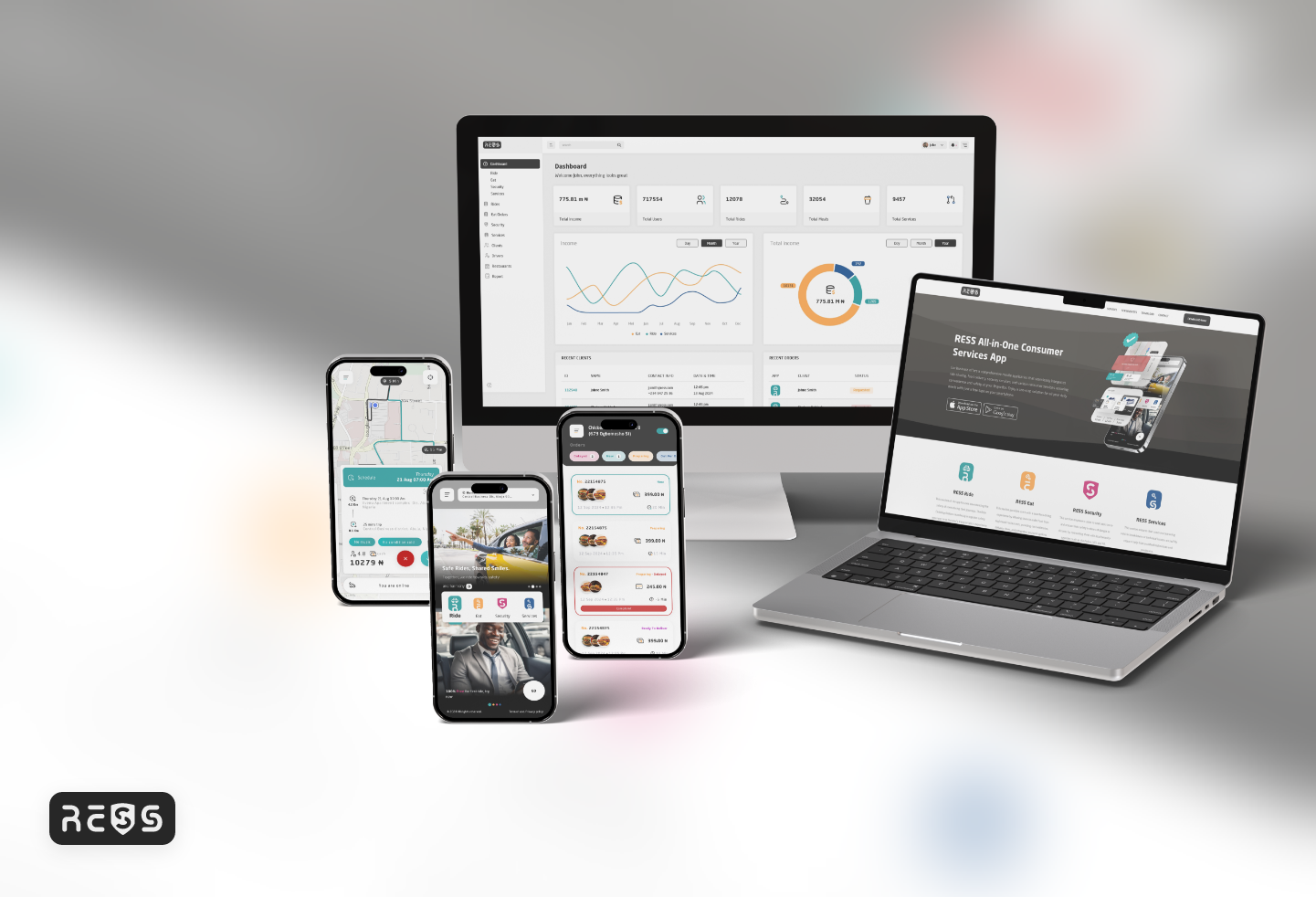
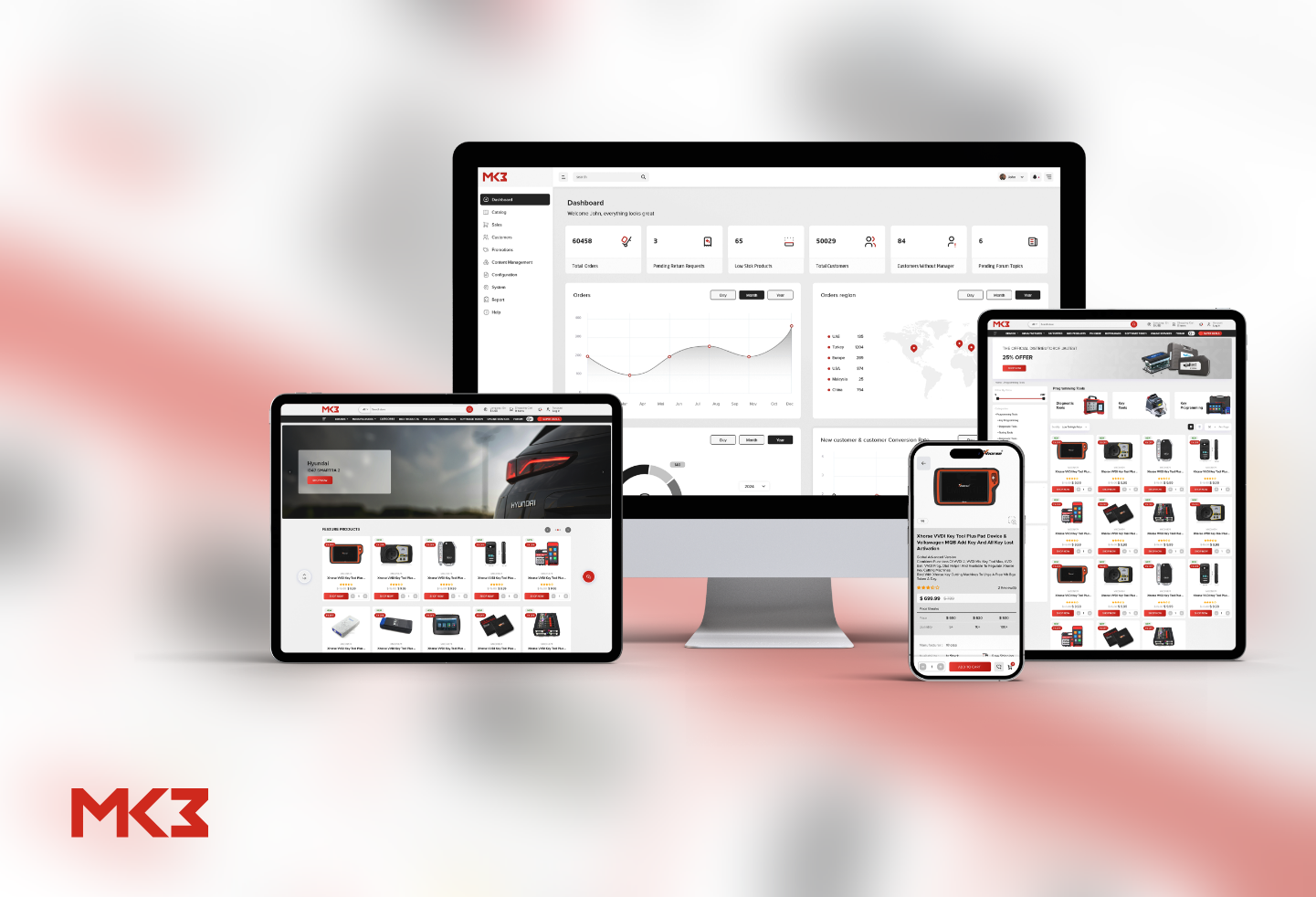
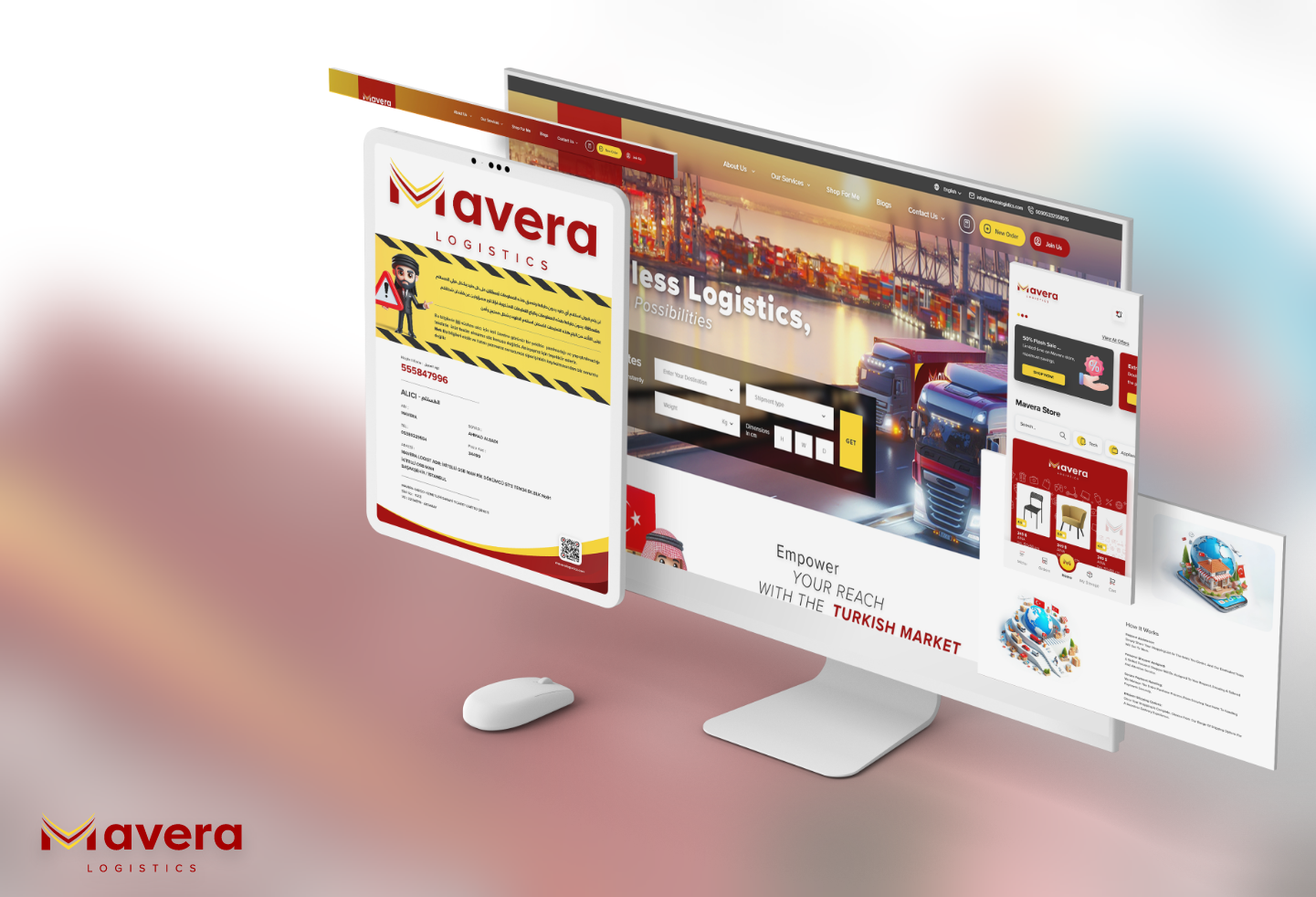



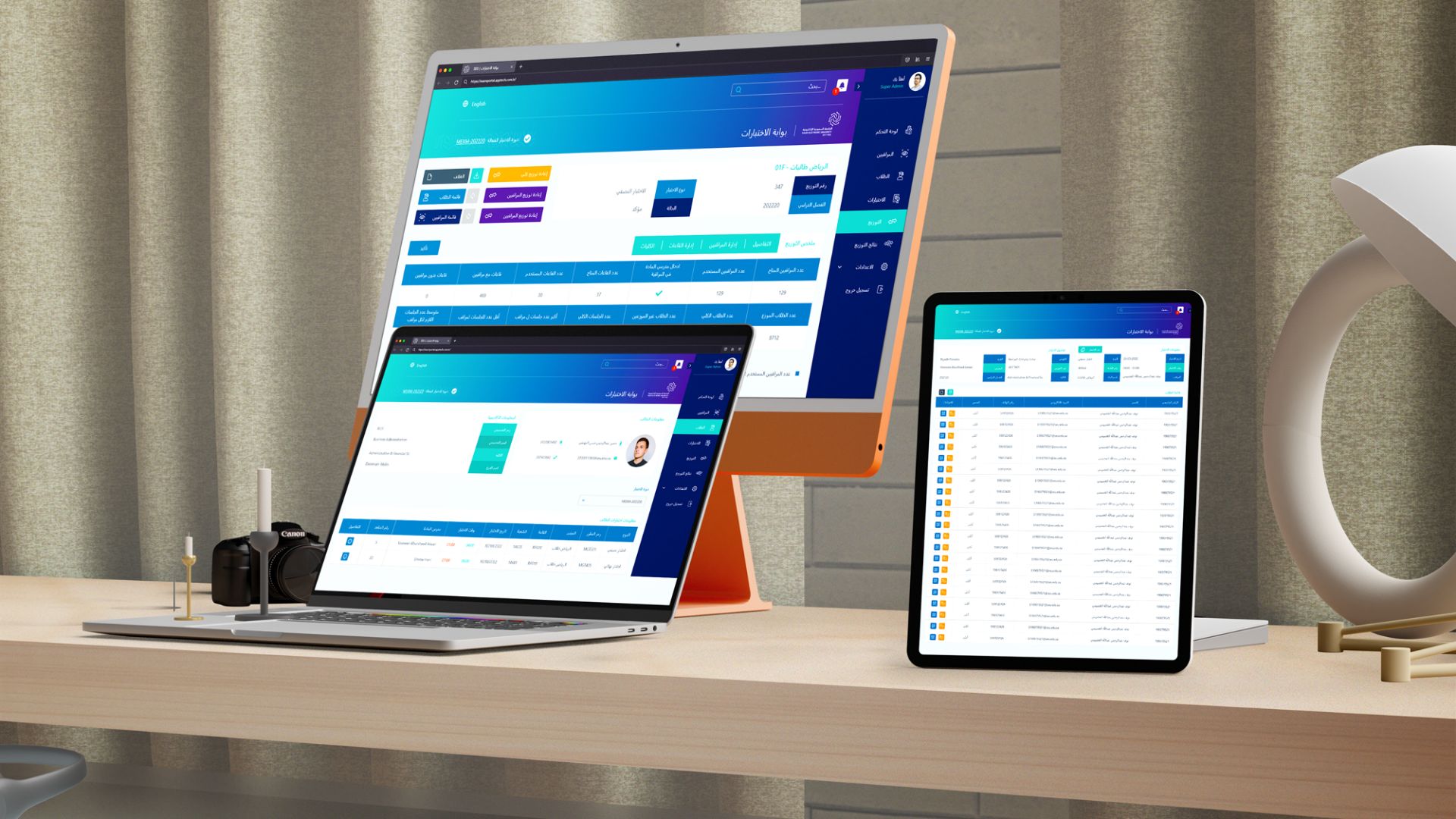
Client Success Summaries





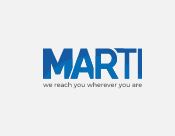


NIGERIA
RESS ALL-IN-ONE SERVICES APP
Technologies

Platforms

United Arab Emirates
MK3 Platform – Automotive Market
Technologies

Platforms

TÜRKIYE
MAVERA LOGISTICS
Technologies


Platforms

Saudi Arabia
NAJDI – 3D PLATFORM
Technologies

Platforms

Saudi Arabia
SEU Admission Portal
Technologies

Platforms

Saudi Arabia
Marti Rental Car Platform
Technologies
Platforms

Saudi Arabia
SEU Exam Portal
Technologies
Platforms
Request For Services






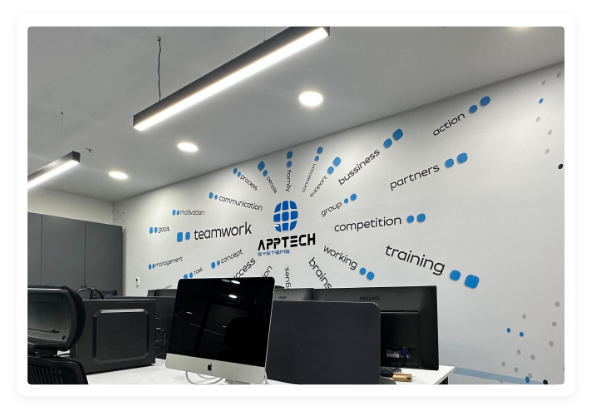
; ?>/theme/images/logo.svg)

